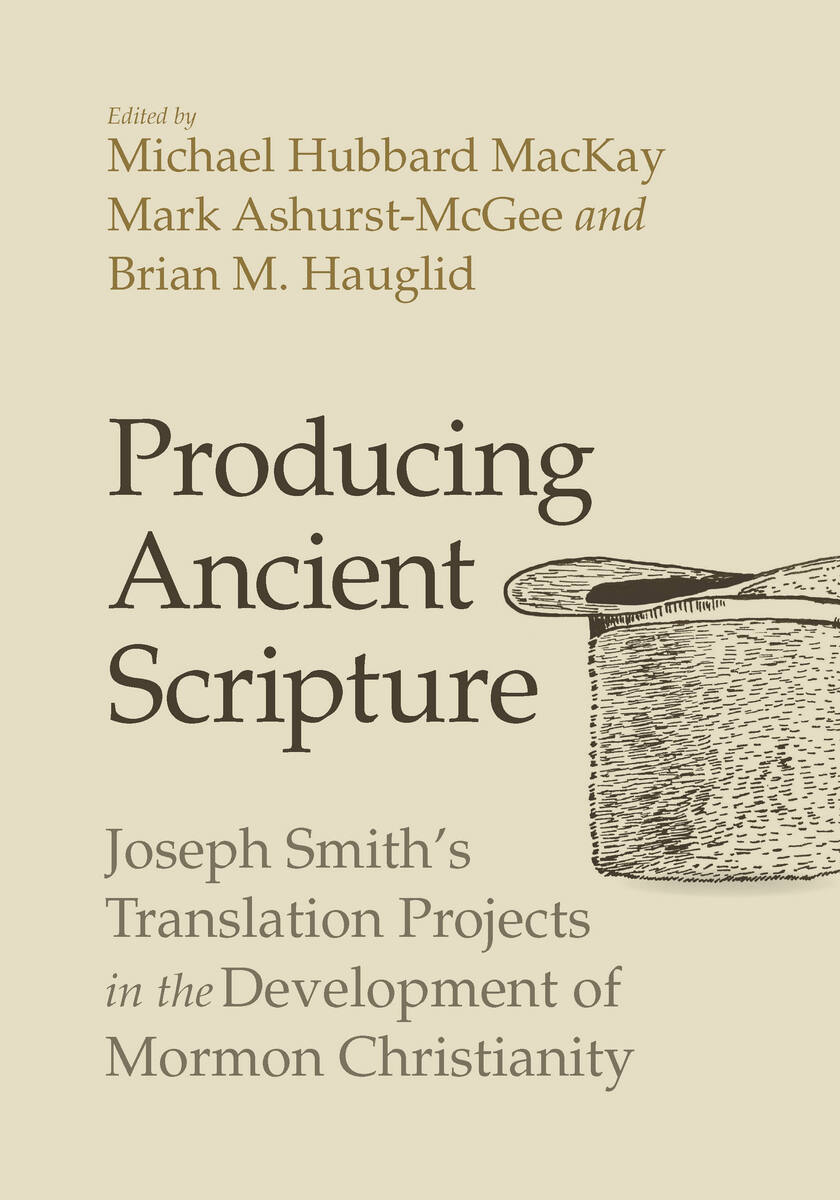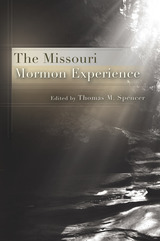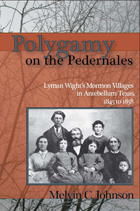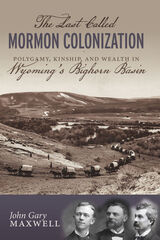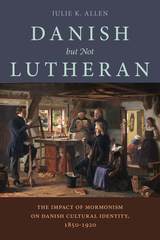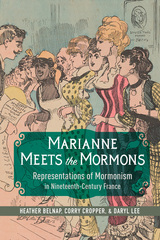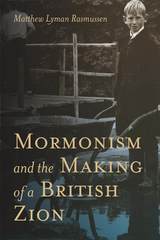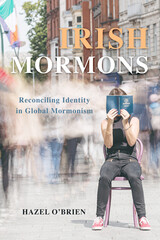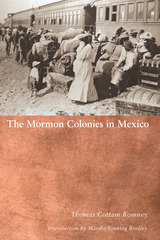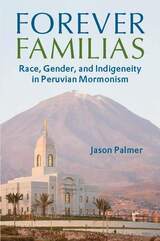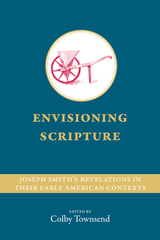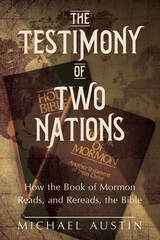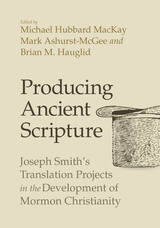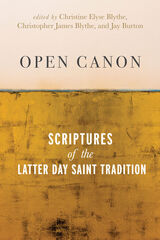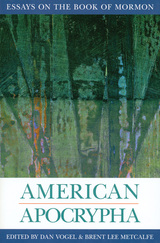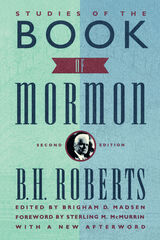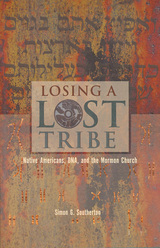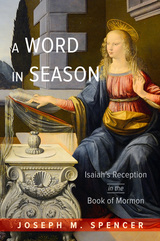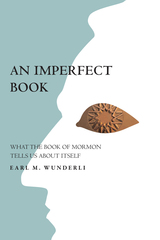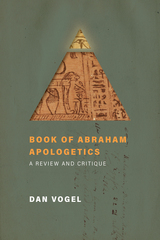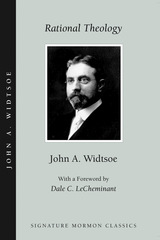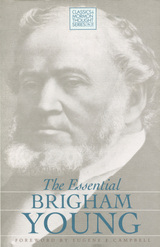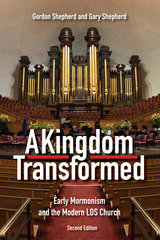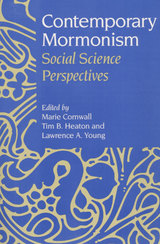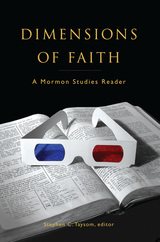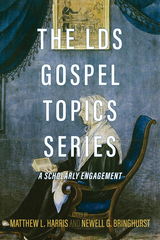Producing Ancient Scripture: Joseph Smith's Translation Projects in the Development of Mormon Christianity
University of Utah Press, 2020
Paper: 978-1-60781-738-3 | eISBN: 978-1-60781-739-0 | Cloth: 978-1-60781-743-7
Library of Congress Classification BX8627
Dewey Decimal Classification 289.322
Paper: 978-1-60781-738-3 | eISBN: 978-1-60781-739-0 | Cloth: 978-1-60781-743-7
Library of Congress Classification BX8627
Dewey Decimal Classification 289.322
ABOUT THIS BOOK | AUTHOR BIOGRAPHY | REVIEWS | TOC | REQUEST ACCESSIBLE FILE
ABOUT THIS BOOK
Joseph Smith, the founding prophet of the Church of Jesus Christ of Latter-day Saints and of the broader Latter-day Saint movement, produced several volumes of scripture between 1829, when he translated the Book of Mormon, and 1844, when he was murdered. The Book of Mormon, published in 1830, is well known. Less read and studied are the subsequent texts that Smith translated after the Book of Mormon, texts that he presented as the writings of ancient Old World and New World prophets. These works were published and received by early Latter-day Saints as prophetic scripture that included important revelations and commandments from God.
This collaborative volume is the first to study Joseph Smith’s translation projects in their entirety. In this carefully curated collection, experts contribute cutting-edge research and incisive analysis. The chapters explore Smith’s translation projects in focused detail and in broad contexts, as well as in comparison and conversation with one another. Authors approach Smith’s sacred texts historically, textually, linguistically, and literarily to offer a multidisciplinary view. Scrupulous examination of the production and content of Smith’s translations opens new avenues for understanding the foundations of Mormonism, provides insight on aspects of early American religious culture, and helps conceptualize the production and transmission of sacred texts.
This collaborative volume is the first to study Joseph Smith’s translation projects in their entirety. In this carefully curated collection, experts contribute cutting-edge research and incisive analysis. The chapters explore Smith’s translation projects in focused detail and in broad contexts, as well as in comparison and conversation with one another. Authors approach Smith’s sacred texts historically, textually, linguistically, and literarily to offer a multidisciplinary view. Scrupulous examination of the production and content of Smith’s translations opens new avenues for understanding the foundations of Mormonism, provides insight on aspects of early American religious culture, and helps conceptualize the production and transmission of sacred texts.
See other books on: 1805-1844 | Book of Mormon | Church of Jesus Christ of Latter-day Saints (Mormon) | MacKay, Michael Hubbard | Smith, Joseph, Jr.
See other titles from University of Utah Press
